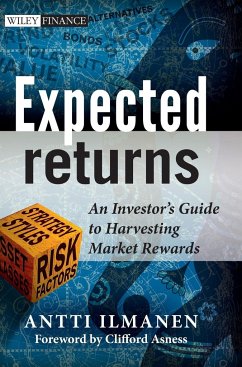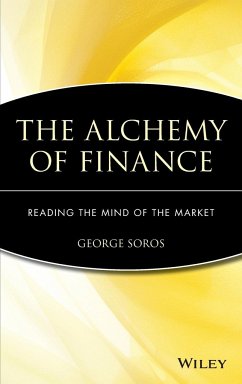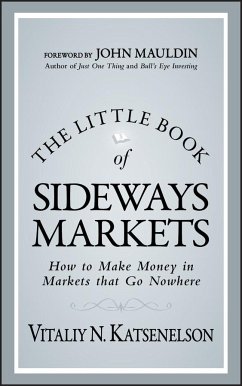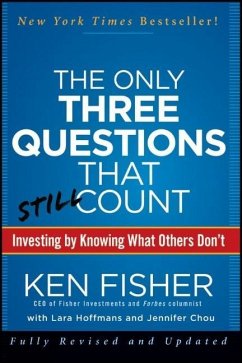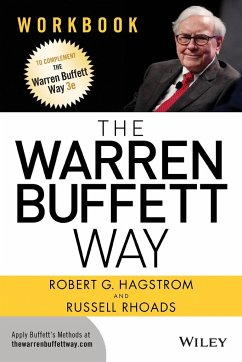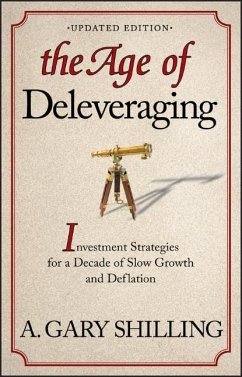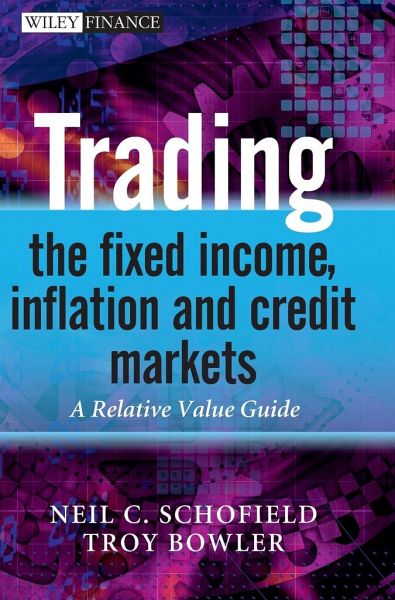
Trading the Fixed Income, Inflation and Credit Markets
Versandkostenfrei!
Versandfertig in 2-4 Wochen
70,99 €
inkl. MwSt.
Weitere Ausgaben:

PAYBACK Punkte
35 °P sammeln!
In this book, the authors give an applied approach to relative value techniques, showing readers how to decide on the best place to put their money in order to get the best return. They cover multiple asset classes - fixed income, commodities and equities although the main focus is fixed income. They cover products that are rarely documented such as CMS floaters and structured interest and credit products.
The initial part of the book will consider the main derivative products and their pricing interrelationships. It argues that within any asset class there are mathematical relationships that tie together four key building blocks: cash products, forwards / futures, swaps and options. The nature of these interrelationships means that there may be a variety of different ways in which a particular strategy can be expressed.
The second part of the book will be focused primarily on relative value within a fixed income context and will look at strategies that build on the pricing relationships between products as well as those that focus on how to identify the optimal way to express a view on the movement of the yield curve.
The third part of the book will take the main themes of relative value and show how they could be applied within other asset classes.
The initial part of the book will consider the main derivative products and their pricing interrelationships. It argues that within any asset class there are mathematical relationships that tie together four key building blocks: cash products, forwards / futures, swaps and options. The nature of these interrelationships means that there may be a variety of different ways in which a particular strategy can be expressed.
The second part of the book will be focused primarily on relative value within a fixed income context and will look at strategies that build on the pricing relationships between products as well as those that focus on how to identify the optimal way to express a view on the movement of the yield curve.
The third part of the book will take the main themes of relative value and show how they could be applied within other asset classes.





